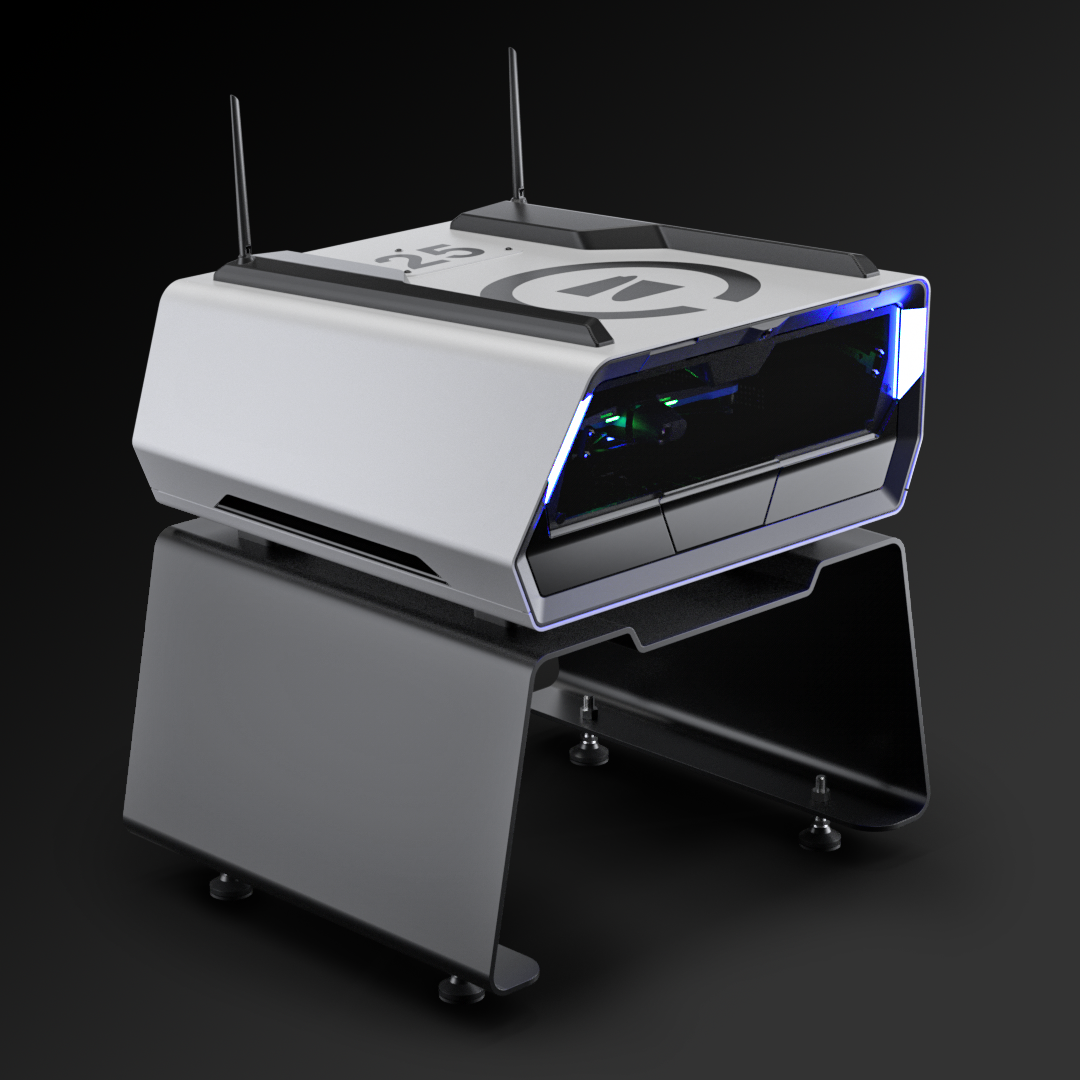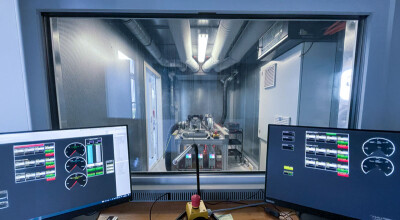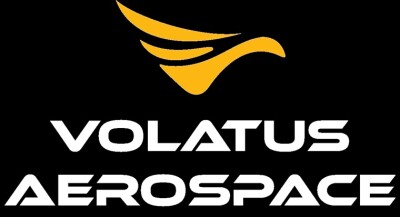Earlier this month, drone manufacturer Skydio made waves in the UAV industry, officially announcing the release of their Skydio Dock product line, which includes the Skydio Dock and the Skydio Dock Lite. The announcement comes after years of work on the new drone-in-a-box solution—it was originally announced back in 2019—which is powered by the company’s new Remote Ops software. Each of the new drones in the product line can be used remotely and autonomously, with the Dock Lite representing a smaller solution that can be flown through indoor environments.
There is a lot to unpack in this announcement, which has the potential to be a gamechanger in the UAV space. The idea of a complete drone solution is one that has been hanging over the industry for years, and this new Skydio Dock product line could potentially get us closer to that place than ever before. Coming with its own charging base station, the drone can be operated either by a single remote pilot or complete autonomously, with the ability to fly itself back to its base station without human intervention in either case.
That autonomy is a key feature of the new product, a point hammered home by the company’s CEO Adam Bry. In a press statement, Bry said, “The concept of remotely operated drones is incredibly compelling […] but it’s never going to work the way customers want—let alone scale to address real world applications solving the needs of today—unless you can trust the drone to fly itself.”
Although Skydio isn’t the only company offering autonomous drones, the development of this product along with some of their other drones provides a look at how these tools can be produced at scale in a way we haven’t seen before for commercial use. This development alone would be a big one for a number of different industries, who could theoretically use this autonomy to their advantage for a litany of use cases, from safer inspections to surveys of previously inaccessible areas, to capturing key data from job sites overnight without needing that supervision.
Bry echoes these sentiments, saying, “Skydio Dock and Skydio Dock Lite, combined with our Remote Ops software, deliver autonomous capabilities for our customers, whether they are monitoring their warehouses, inspecting a security perimeter, or assessing infrastructure following a natural disaster—finally realizing the promise of efficient, scaleable remote operations.”
One of the other major features Skydio has highlighted with this release is the size of this drone-in-a-box solution compared to others on the market. They note in their press release that the “Dock and Dock Lite are the smallest, lightest, and smartest cloud-connected base stations for drones available on the market today.” Although the size of these types of products certainly takes a back seat to the features and functionality, the size and ease-of-use is certainly important, particularly in attracting new customers. Whereas other drone-in-a-box solutions may take multiple people to set up at various sites, as well as years of experience to operate, the Skydio Dock is much more easily operational. That goes from set-up to operation as well, with obstacle avoidance built in to ensure, even when flying autonomously or remotely, that no crashes will occur to damage the machine.
With any new product there will be specific use cases that arise that come as a surprise to even the manufacturers, but even as things stand with the recent release there are a number of industries that can benefit from this technology. With the ability to fly remotely, a project manager overseeing job sites across many different locations can get real-time video and status updates from every site, all while in a singular remote location. Further, the Dock Lite’s ability to fly through indoor environments means that spaces like warehouses and factories can perform autonomous or remote inspections much more quickly and efficiently, flying before or after working hours to ensure no slow downs in normal operations.
And finally, construction in particular is an area that can benefit from the ability to perform photogrammetry for as-built status updates, and even with the aforementioned remote collaboration. Theoretically, a manager could fly the site remotely with a foreman on site, getting all of the information they need without having to be present on the site.
The North Carolina Department of Transportation was one of the first organizations to test the new products, and the organization’s UAS Operations Manager Thomas Walls said, ““(With this technology) we're able to monitor construction progress in more efficient ways than we previously could. We're capturing imagery, videos, and live streaming a feed back to our resident engineers for real-time data. It's a big cost saver for us, and we look forward to implementing it around the state for multiple applications and use cases.”
Of course, with any drone that has autonomous and remote capabilities, regulatory hurdles are going to be top of mind for any potential customer. To that end, Skydio promises to work with users to move past those barriers. The company indicates in their press release that their regulatory team will “make it easier to obtain approvals to conduct remote operations.”
















Comments